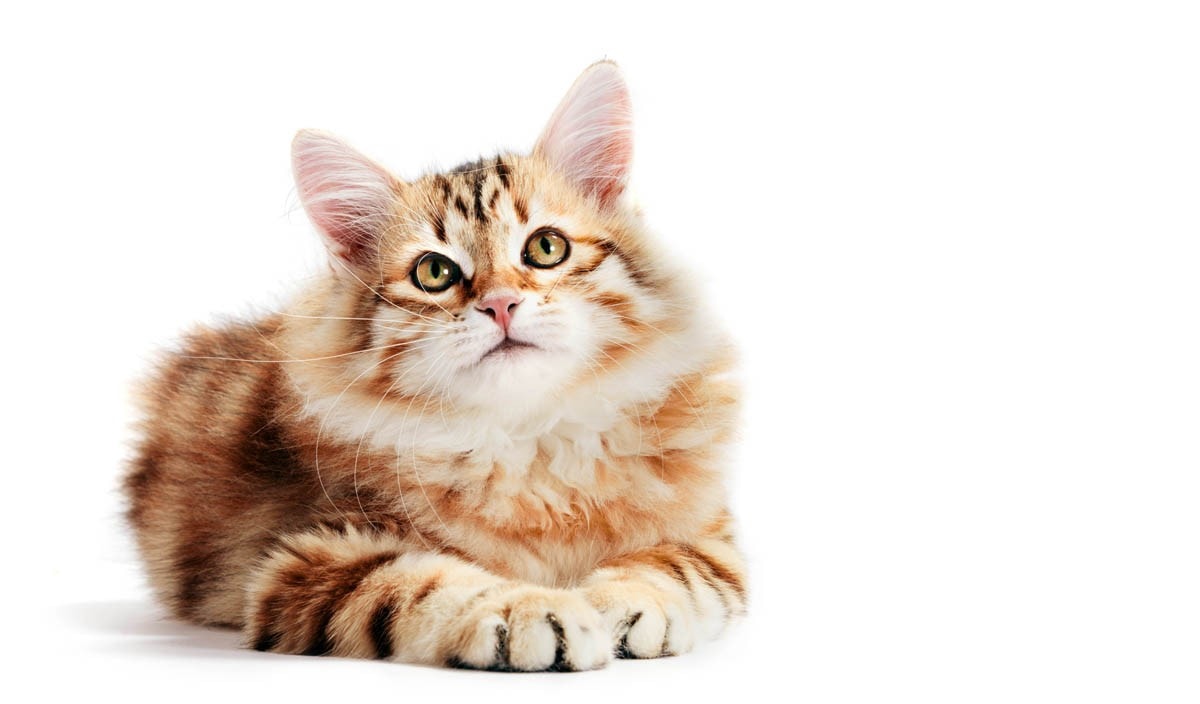Cystitis
Cystitis is an inflammation of the bladder. It may precede or be secondary to urolithiasis (stones in the urinary tract).
Symptoms
Straining to urinate, blood in urine, increased thirst, increased frequency of urination, excessive genital licking, sudden halt in litter box usage, crying in the litter box, urinating in places other than the litter box.
Treatment
This will depend on the cause and severity of the condition. Finding and treating the underlying cause.
Some ways to treat cystitis include; diet, increase water consumption, try to feed a diet that keeps the urine pH below 6.5, antibiotics and some medications such as
Feline Hyperthyroidism
Hyperthyroidism is the overproduction of thyroid hormone usually due to a benign tumour of the thyroid gland.
Symptoms
Weight loss, increased appetite, increased thirst and urination, vomiting, behavioural changes (nervous, jittery, over-grooming, increased vocalisation), rapid heartbeat, poor coat condition.
Treatment
There are three ways to treat hyperthyroidism. Lifetime medication, removal of the thyroid gland or radioactive iodine treatment which involves a single injection of radioactive iodine (radioiodine I-131). This concentrates in and destroys the diseased thyroid tissue while leaving the normal thyroid tissue intact.
Chronic kidney disease
Chronic renal (kidney) failure (CRF) is the progressive deterioration of the kidneys, which happens over a period of time and is one of the leading causes of death in senior cats.
Symptoms
Increased thirst, increased urination, urinating outside the litter tray, decreased appetite, loss of weight, poor coat, lethargy, vomiting, bad breath.
It is not possible to cure CRD, but we can slow down the progression of the disease. With proper treatment, your cat may still have many months or years of life ahead. Reducing the level of toxins in the cat is important. Fresh drinking water, available 24/7 is extremely important as these cats need to compensate for large urine outputs.
Treatment
Prescription diet, phosphorous binders, antacids and anti-nausea medication and erythropoietin.
Feline Diabetes
Diabetes Mellitus (sugar diabetes) is a common endocrine disorder in cats. There are two types of diabetes, type 1 in which the pancreas doesn’t produce enough insulin or type two in which the body’s cells don’t respond appropriately to insulin.
Symptoms
Increased thirst and urination, weight loss, increased or decreased appetite, vomiting, weakness in hind legs, bad breath.
Treatment
In mild cases, dietary management may be enough. If the cat is not ill and has no ketones it may be possible to manage diabetes without the use of insulin. This may include dietary modification and or careful weight loss, under the careful guidance of your veterinarian.
Other treatments include; oral medications and insulin injections.
Feline Immunodeficiency Virus (FIV)
Known as FIV or cat AIDS, FIV is an infectious disease caused by a retrovirus belonging to the lentivirus family. It is in the same family as the FeLV virus and is similar to HIV in humans. FIV infects both domesticated cats, lions, tigers, pumas, and cheetahs.
Symptoms
Weight loss, poor coat condition, anemia, gastroenteritis, gingivitis and stomatitis, diarrhea, chronic or recurrent infections, cancer.
Treatment
There is no cure for FIV, once a cat has it, it’s for life. The goal is to provide supportive care to the infected cat. This may include; regular vet checkups, proper parasite control, feeding a high-quality diet, limiting exposure to disease, anti-bacterial and or anti-fungal drugs, maintaining a proper vaccination regime, blood transfusions where necessary, high-calorie supplements.
Feline panleukopenia
Also known as feline infectious enteritis, cat plague, feline distemper and feline ataxia, feline panleukopenia is a severe and highly infectious disease caused by a virus from the Parvovirus family. It has a high mortality rate of 25% – 70%. The name panleukopenia is derived from the very low white blood cell count in infected cats.
Symptoms
Depression, listlessness, loss of appetite, fever, vomiting, diarrhea, dehydration. Infected cats may hang off their food or water bowl, they often have a hunched up appearance and their coat quickly becomes rough. The skin loses its elasticity due to dehydration caused by vomiting and diarrhoea.
The prognosis for kittens is poor, especially in younger kittens. There are no medications available to kill the virus, therefore the cat is given supportive therapy, while the cat fights the virus. Strict isolation is essential during this period to ensure other animals aren’t infected.
Treatment
Blood transfusions if white blood cells drop dramatically, antibiotics, fluid therapy to treat dehydration and replace lost electrolytes, lots of TLC.
Upper respiratory disease (cat flu)
Cat flu (upper respiratory tract disease) is a common set of symptoms of the upper respiratory tract.
There are several pathogens (disease-causing organisms) responsible for cat flu. The most common causes are feline herpesvirus (FHV), feline calicivirus (FCV), Feline reovirus, Bordetella bronchiseptica and Chlamydia felis.
Symptoms
Sneezing, nasal discharge, eye discharge, mouth ulcers, eye ulcers, fever, loss of appetite.
Treatment
Treatment depends on the cause of the cat flu. There are no drugs to treat viral infections and supportive care is necessary. This includes keeping the nose clear of discharge. Antibiotics to protect against secondary bacterial infections.

